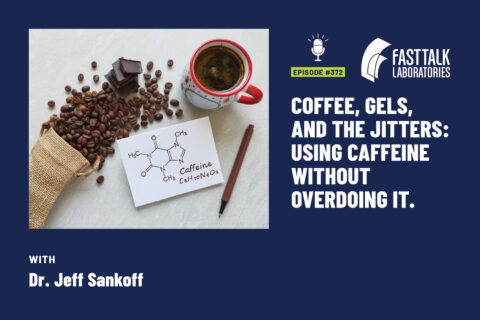
Coffee, Gels, and the Jitters: Using Caffeine Without Overdoing It
In this episode we explore the science of caffeine in endurance sports—when it helps, when it doesn’t, and how to use it wisely.

In this episode we explore the science of caffeine in endurance sports—when it helps, when it doesn’t, and how to use it wisely.
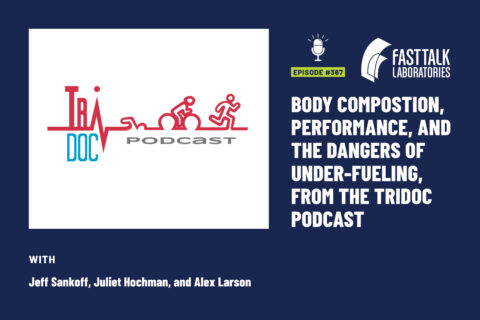
This week, we share an episode from the TriDoc Podcast. Host Jeff Sankoff is joined by dietitian Alex Larson and coach Juliet Hochman to explore the complex relationship between body composition, fueling, and performance—plus how coaches can support athletes without crossing the line.
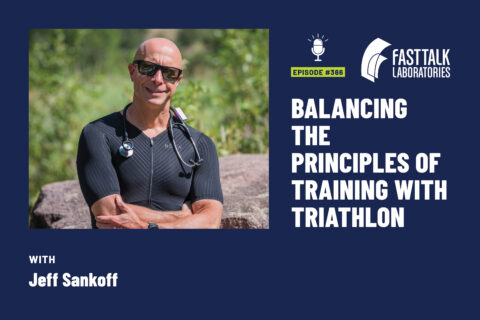
The TriDoc Jeff Sankoff joins us to talk about how to still apply the principles of supercompensation and progressive overload in a sport as complex as triathlon.

No hills? No problem! Simulate hill running on the treadmill with this 1-hour workout.

Try this trainer ride that utilizes three rounds of 27-minute intervals—each at varying cadences—to target multiple energy systems in one workout.
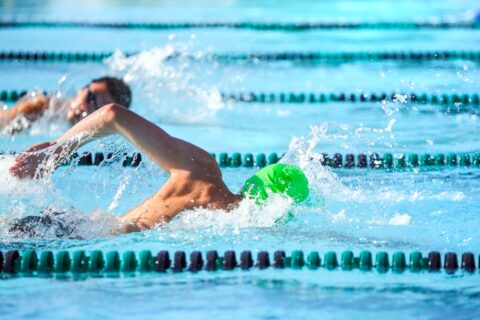
This is a great swim workout that helps athletes become comfortable swimming at different speeds.
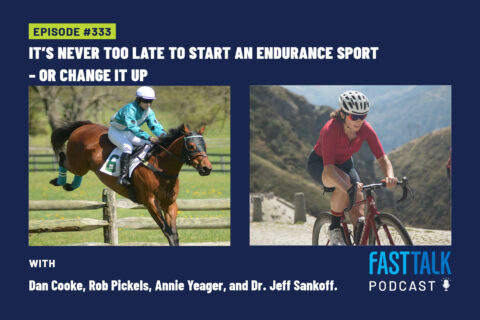
Many started young, others turned their passion into their profession, and some used it to get healthy. Learn from the experiences of multiple athletes and coaches on how they entered—and stayed in—endurance sports no matter what life threw their way.
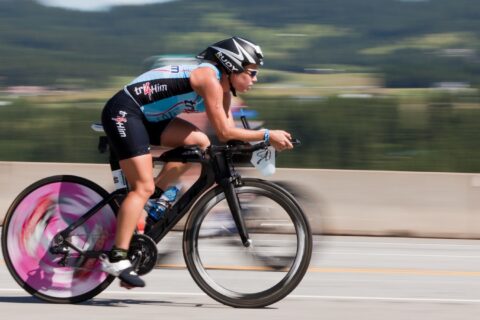
You don’t need to spend huge amounts of money on gear to see significant gains in your triathlon times.
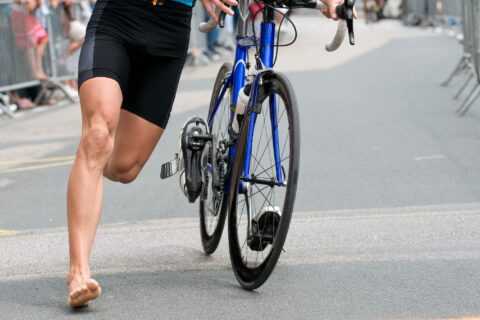
Transitions are the fourth discipline of triathlon racing that can make or break your results.
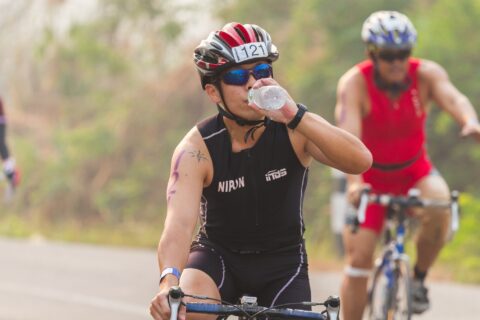
Prime yourself for peak performance by knowing when and how much to fuel in your training and racing.

The number of, well, numbers we track during training is exploding, but they’re not all made equal. Some represent actual measurements while others are just estimates. We discuss the implications.